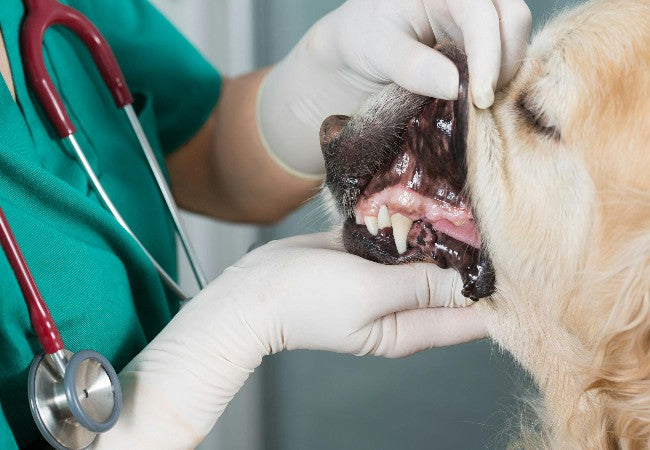Clotting Disorders & Platelets in Dogs: Vet’s 2025 Guide to Bleeding Conditions (Thrombocytopenia, vWD, IMT) 🩸🐶

In this article
Clotting Disorders & Platelets in Dogs: Vet’s 2025 Guide to Bleeding Conditions (Thrombocytopenia, vWD, IMT) 🩸🐶
By Dr. Duncan Houston BVSc
Hi—I’m Dr Duncan Houston BVSc, veterinarian and Ask A Vet founder. Platelets are essential “first responders” that plug bleeding vessels—but when they’re low or defective, dogs can face dangerous bleeding. This vet‑approved guide explores platelet disorders, including:
- Low platelets (thrombocytopenia) and causes
- Platelet dysfunction (thrombocytopathia)
- von Willebrand disease (vWD)
- Immune‑mediated platelet destruction (IMT/ITP)
- Signs, diagnostics, treatments, and care plans
1. Platelets & How They Work
Platelets (thrombocytes) circulate in blood, clumping to form the initial plug during bleeding. Disorders arise when platelet numbers are too low or function is impaired.
2. Thrombocytopenia (Low Platelet Count)
- Causes include immune destruction (IMT), toxins (rodenticide), bone marrow failure, infections, and cancer.
- Breeds predisposed: Cavalier King Charles Spaniels, Greyhounds, others.
- Signs: nosebleeds, gum bleeding, bruising (petechiae), blood in urine/stool, excessive bleeding from cuts.
3. Thrombocytopathia (Platelet Dysfunction)
- Platelets are present but don’t clot properly—hereditary (Glanzmann’s, Scott syndrome, etc.) or acquired.
- Inherited forms: vWD in Dobermans, Scott in German Shepherds, Glanzmann’s in Great Pyrenees/Otterhounds.
- Signs similar to thrombocytopenia with prolonged bleeding despite normal platelet count.
4. von Willebrand Disease (vWD)
- The most common inherited clotting issue—dogs lack vWF protein needed for platelet adhesion.
- Severity ranges from mild (nosebleeds, gingival bleeding) to life-threatening during surgery.
- Predisposed breeds: Dobermans, German Pinschers, Poodles, Corgis, Shelties, etc..
5. Immune‑Mediated Thrombocytopenia (IMT/ITP)
- Immune system attacks platelets—most common cause of low platelets.
- Signs: lethargy, anorexia, fever, bleeding, bruising.
- Breeds predisposed: Cocker Spaniels, Poodles, Goldens, German Shepherds.
6. Diagnosing Platelet Disorders
- CBC: checks platelet number, size, clumping.
- Blood smear: evaluates morphology and clumping.
- Clotting times (PT, PTT) assess the coagulation cascade.
- Buccal bleeding time and advanced platelet function tests for thrombopathias.
- vWF assay confirms von Willebrand disease.
- IMT evaluation: excludes infections/cancer; may include bone marrow biopsy.
7. Treatment Approaches
- Thrombocytopenia: treat underlying cause; platelet transfusions in emergencies.
- IMT: immunosuppressants (prednisone, azathioprine, cyclosporine); up to 97 % survival but relapses are common.
- vWD: desmopressin before surgery, plasma transfusion for severe bleeding.
- Inherited thrombopathias: careful monitoring, avoid NSAIDs, plan for surgery precautions.
8. Home Care & Prevention
- Minimize injury risk—use soft collars, no rough play.
- Avoid NSAIDs and certain supplements that impair clotting.
- Maintain regular vet checks and bloodwork to monitor labs.
- Use Ask A Vet for bleeding event logs, medication reminders, and vet appointment tracking.
📌 Final Vet Thoughts
Platelet-related clotting disorders in dogs range from mild to life-threatening. Early detection based on signs like bruising or bleeding—and timely diagnostics—are key. With tailored treatment, many dogs thrive, especially with IMT and mild vWD. Ask A Vet tools can support monitoring, therapy compliance, and care coordination. You’re not alone—we’re here to help. 🐾❤️






